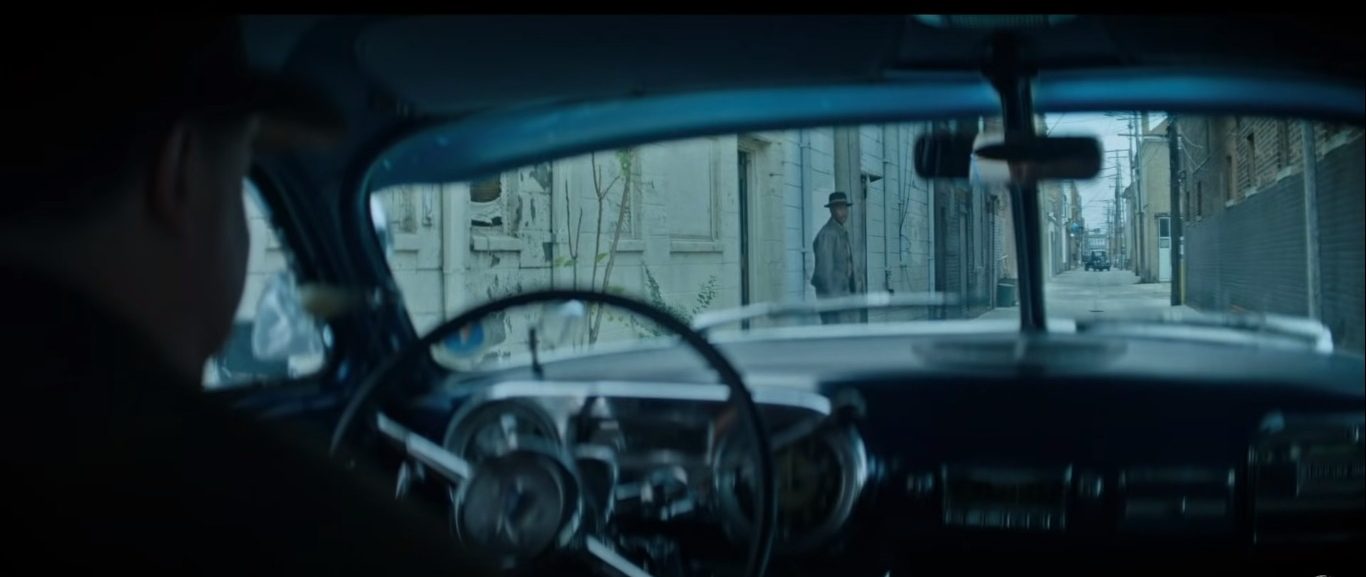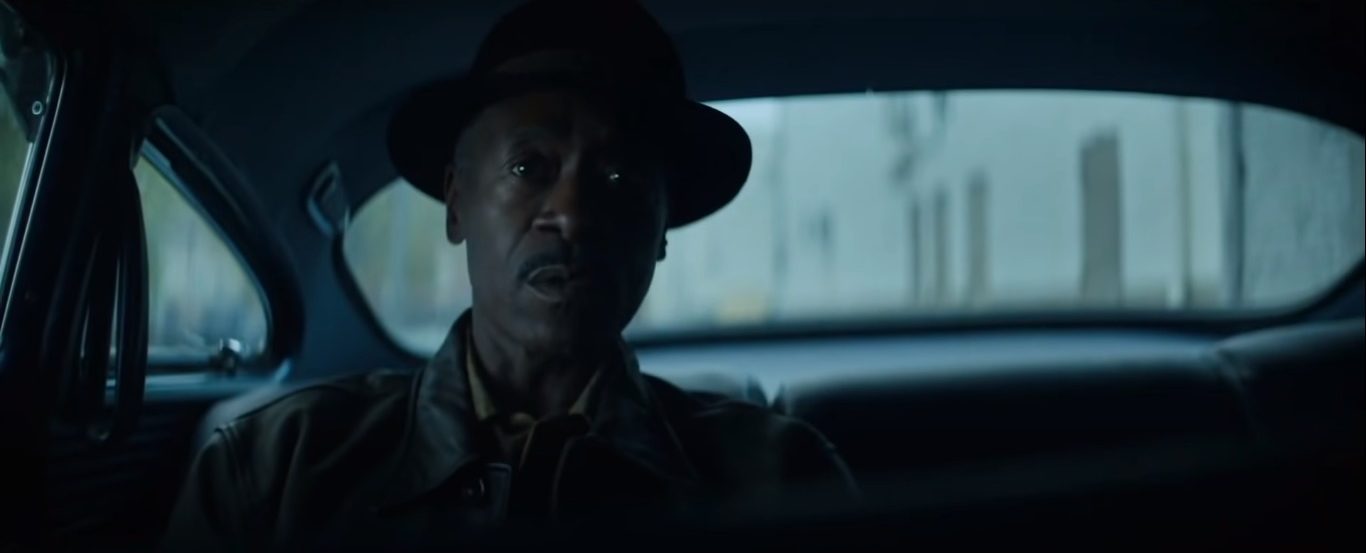‘No Sudden Move’ is a star-studded crime noir film by Steven Soderbergh set in 1950’s Detroit. The film follows two small-time criminals who find themselves caught up in a battle between the city’s powers that be. The prize? A technical document that threatens to change the face of the automotive industry forever. The layered storyline and morally ambiguous characters give the film a texture almost as tactile as reality, and the racial and socioeconomic issues painted into the backdrop further hint at a possible historical context. Could ‘No Sudden Move’ be based on a true story? Let’s find out.
Is No Sudden Move Based on a True Story?
No, ‘No Sudden Move’ is not based on a true story. The film’s feeling of authenticity and period accuracy is a product of extensive research, which had the film’s writer Ed Solomon taking a deep dive into multiple facets of Detroit’s history. The result is a richly populated backdrop littered with historic references that add heft to the story and give its characters some roots. The film’s historic context is most notably folded into Don Cheadle’s character, who, it is hinted, has lost his property as a result of the raising of Black neighborhoods that occurred during the 1950s and 60s.

The film started as an idea for a heist movie that the director of ‘Ocean’s 11‘ and its sequels, Steven Soderbergh, wanted to make with some of his past cast collaborators from the franchise. His subsequent discussions with writer Ed Solomon ultimately evolved into an idea for a stripped-down crime noir film that centered on a heist and was set in 1950s Detroit. Initially, the film was supposed to follow a cross-country heist that concluded there.
Solomon’s deep dive into the history of Detroit then began, with the writer striving to capture the spirit of the city and its tumultuous past. He consulted with several local historians and experts in the field, including adjunct professor Emily Kutil from the University of Detroit Mercy School of Architecture, who had curated an exhibit featuring panoramas of the city’s historic Black Bottom neighborhood. An especially useful resource for Solomon was Jamon Jordan, a local historian and former social studies teacher who spent two decades teaching his students about Detroit’s history. Jordan, who also runs the Black Scroll Network and hosts city tours, is reportedly credited in the film as a historical consultant.
The film’s writer, apart from including the racially charged destruction of specific neighborhoods in the 1960s, also centered the film on the spirited automotive industry of the time. The corporate espionage angle of the story mentions iconic automotive players of the time like General Motors, Ford, and Studebaker-Packard, and plays off of pertinent issues of the time that were being tackled by the industry. The fact that the film’s characters are motivated by an accurate historical landscape is one of the many ways Solomon kept the limelight on the subject of his research.
Notably, the film also heavily features the Gotham Hotel, which was a Black-owned hotel that closed in 1962. Soderbergh’s stylish filmmaking adds a veneer to the film’s deep historic roots. In addition to its period setting, it also takes inspiration from 1970’s crime films like ‘The Friends of Eddie Coyle’ and ‘Odds Against Tomorrow.’ The combination makes for a film that’s significantly more hard-hitting than the whimsical setups that such caper movies generally have.
Read More: No Sudden Move Ending, Explained

